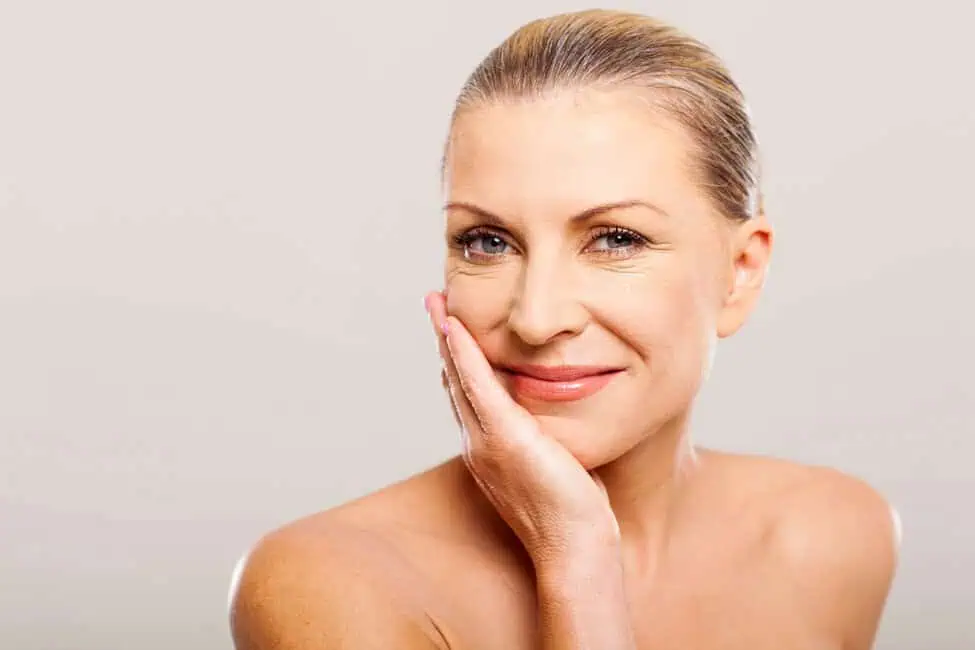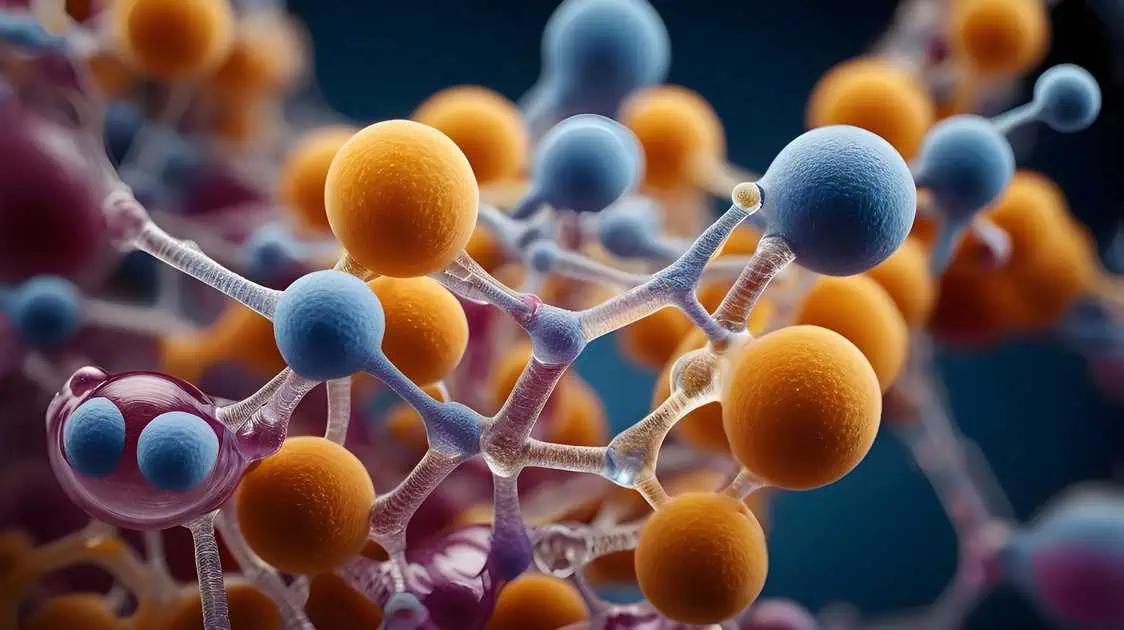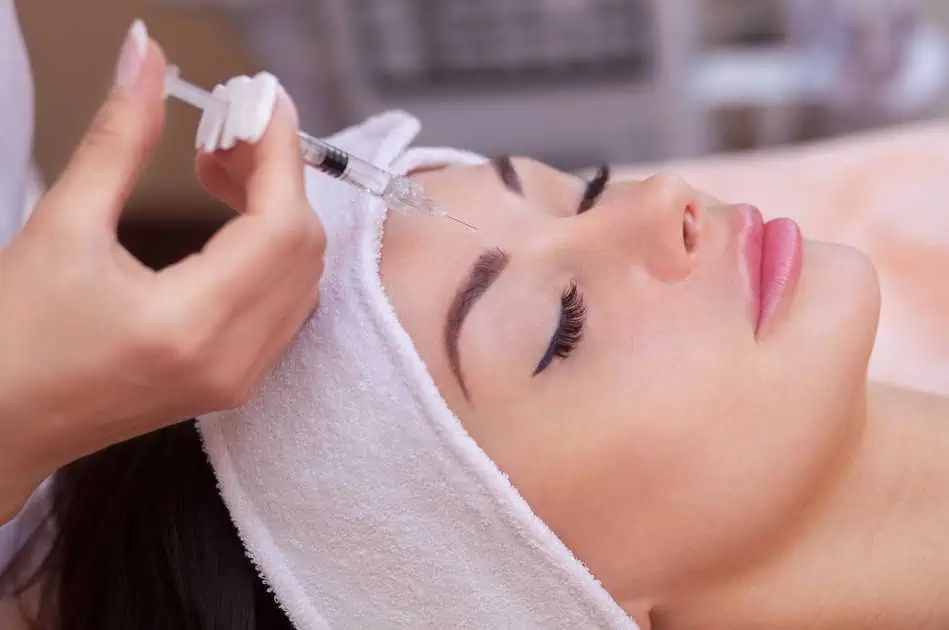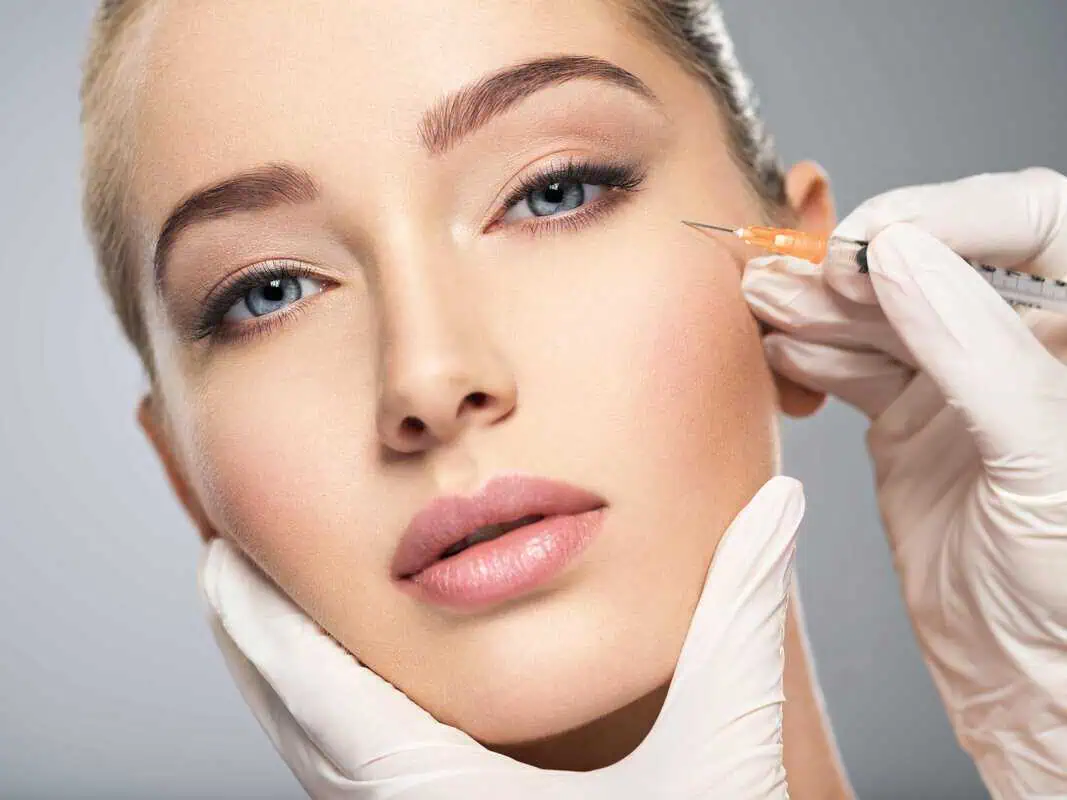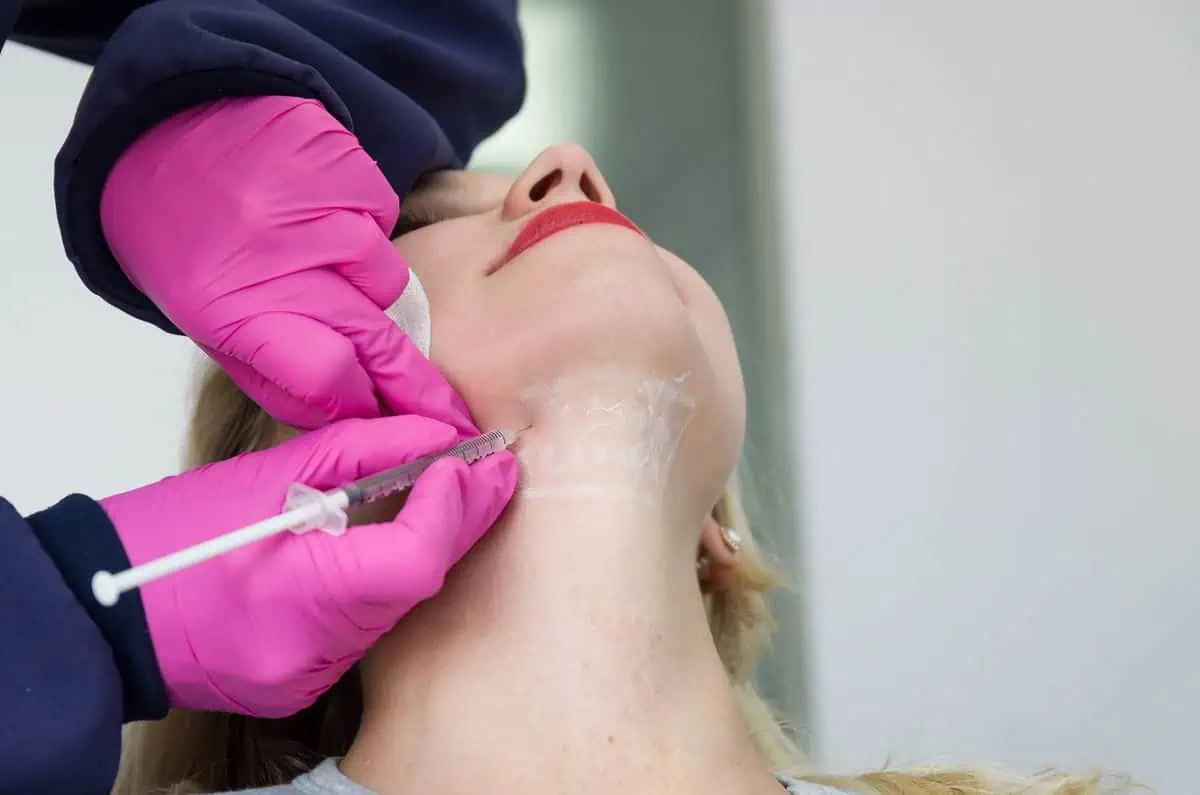
Table of Contents
Aging frequently manifests through fine lines and wrinkles that deepen with everyday expressions. Neuromodulators provide a non-surgical way to soften these lines, promoting a smoother, refreshed appearance. Using botulinum toxin type A, injectables like Botox, Dysport, and Xeomin target specific facial muscles, preventing contractions that lead to wrinkles. These treatments have become a trusted option for individuals looking to maintain or restore a youthful appearance.
What Are Neuromodulators?
Neuromodulators block nerve signals to specific muscles, reducing the contractions responsible for creating wrinkles. Dynamic wrinkles—lines formed by repeated expressions like smiling and frowning—respond well to this treatment. By limiting muscle movement, neuromodulators allow the skin to appear smoother and more relaxed.
Botox, Dysport, and Xeomin all contain botulinum toxin type A. Each offers subtle differences in formulation, yet all achieve the same fundamental effect: temporary muscle relaxation for aesthetic enhancement.
How Neuromodulators Work
Muscle contractions occur when nerves release a neurotransmitter called acetylcholine. Neuromodulators block the release of this chemical at the neuromuscular junction, interrupting the communication between the nerve and muscle. With fewer signals reaching the muscle, it stays relaxed, reducing fine lines and wrinkles formation.
Results generally start appearing within a few days, with full effects becoming visible in about one to two weeks. The relaxed state typically lasts several months, after which follow-up treatments are required to preserve the desired look.
Botox, Dysport, and Xeomin: Aesthetic Differences
Although they use the same active ingredient, these neuromodulators vary in their formulations:
- Botox: Known for its precision, Botox is a go-to option for treating smaller areas like crow’s feet and frown lines. It contains accessory proteins that enhance stability but may, in rare cases, contribute to antibody resistance over time.
- Dysport: With a faster onset and broader diffusion, Dysport is often favored for larger areas such as the forehead.
- Xeomin: Xeomin’s pure formulation, free of accessory proteins, reduces the risk of antibody resistance. It’s a reliable choice for individuals who might not respond to Botox or Dysport as effectively.
These nuances allow providers to tailor treatments to meet individual needs and desired outcomes.
Popular Treatment Areas
Neuromodulators address a variety of aesthetic concerns, particularly in the upper face. Common treatment areas include:
- Forehead lines: Relaxing horizontal creases caused by raising the eyebrows.
- Crow’s feet: Smoothing the fine lines around the eyes that appear with smiling.
- Frown lines (11s): Softening the vertical lines between the eyebrows.
- Bunny lines: Reducing wrinkles along the sides of the nose.
- Neck bands: Enhancing the appearance of the neck by softening vertical lines.
These treatments offer subtle, natural-looking improvements, allowing individuals to maintain their expressive features without looking overdone.
Onset and Duration of Results
The timeline for visible results can vary between Botox, Dysport, and Xeomin. Dysport often shows effects within 24 to 48 hours, while Botox and Xeomin usually take around 3 to 5 days. Full results generally appear within one to two weeks for all three options.
The effects duration typically ranges from three to six months. Some individuals may find that Dysport offers slightly longer-lasting results, especially with regular treatments. Follow-up sessions every three to four months help maintain the desired outcome over time.
Safety and Potential Side Effects
When administered by experienced providers, neuromodulators are safe and well-tolerated. Minor side effects include redness, bruising, and soreness at the injection site. Occasionally, patients may experience mild headaches or momentary drooping of the eyelid or eyebrow if the product spreads to unintended areas.
Botox and Dysport contain accessory proteins that, in rare cases, may cause the development of antibodies, reducing effectiveness. Xeomin’s pure formulation minimizes this risk, offering a reliable alternative for those who may have developed resistance to other neuromodulators.
Customizing Treatments for Optimal Results
Choosing the right neuromodulator depends on individual preferences and goals. Botox provides precise control, making it ideal for smaller areas. Dysport’s faster onset and broader spread suit larger regions, while Xeomin offers a solution for those concerned about developing resistance. Providers assess each patient’s anatomy and desired outcomes to devise a treatment approach adjusted to their specific needs.
Maintaining Results
As muscle activity gradually returns, the effects of neuromodulators wear off, necessitating maintenance treatments. Some individuals may notice that, with consistent use, the interval between sessions extends as their muscles adapt to reduced activity. Regular consultations with an experienced provider ensure that results stay fresh and natural-looking, aligned with the patient’s evolving aesthetic goals.
Who’s A Good Candidate?
Good candidates for neuromodulators are typically those with dynamic wrinkles, such as crow’s feet or frown lines, as these treatments are most effective at relaxing the underlying muscle activity. However, individuals with deep static wrinkles, which are present even when the face is at rest, may benefit more from a combination of neuromodulators and dermal fillers to attain the expected outcomes.
Those in good overall health with realistic expectations about the outcomes tend to see the best results. People who prefer a refreshed, natural appearance without looking “frozen” are also well-suited for these treatments, as skilled providers can deliver subtle yet noticeable improvements.
It’s important to note that neuromodulators may not be recommended for individuals with certain medical conditions, such as neuromuscular disorders, or those who are pregnant or breastfeeding. Additionally, individuals with a known allergy to any ingredient in the product should avoid these treatments.
Takeaway
Neuromodulator treatments, including Botox, have become a trusted choice for those seeking subtle yet effective wrinkle reduction. By relaxing the muscles responsible for dynamic wrinkles, these cosmetic treatments offer a non-invasive path to smoother skin and enhanced facial aesthetics. Whether you’re interested in a refreshed appearance or looking to maintain a youthful look, neuromodulators provide versatile solutions tailored to individual goals.
OptiMED 360 team specializes in delivering these wellness services with precision and care, ensuring natural results that enhance each person’s unique features. Curious about how neuromodulators can enhance your appearance? Contact us today to learn more!

